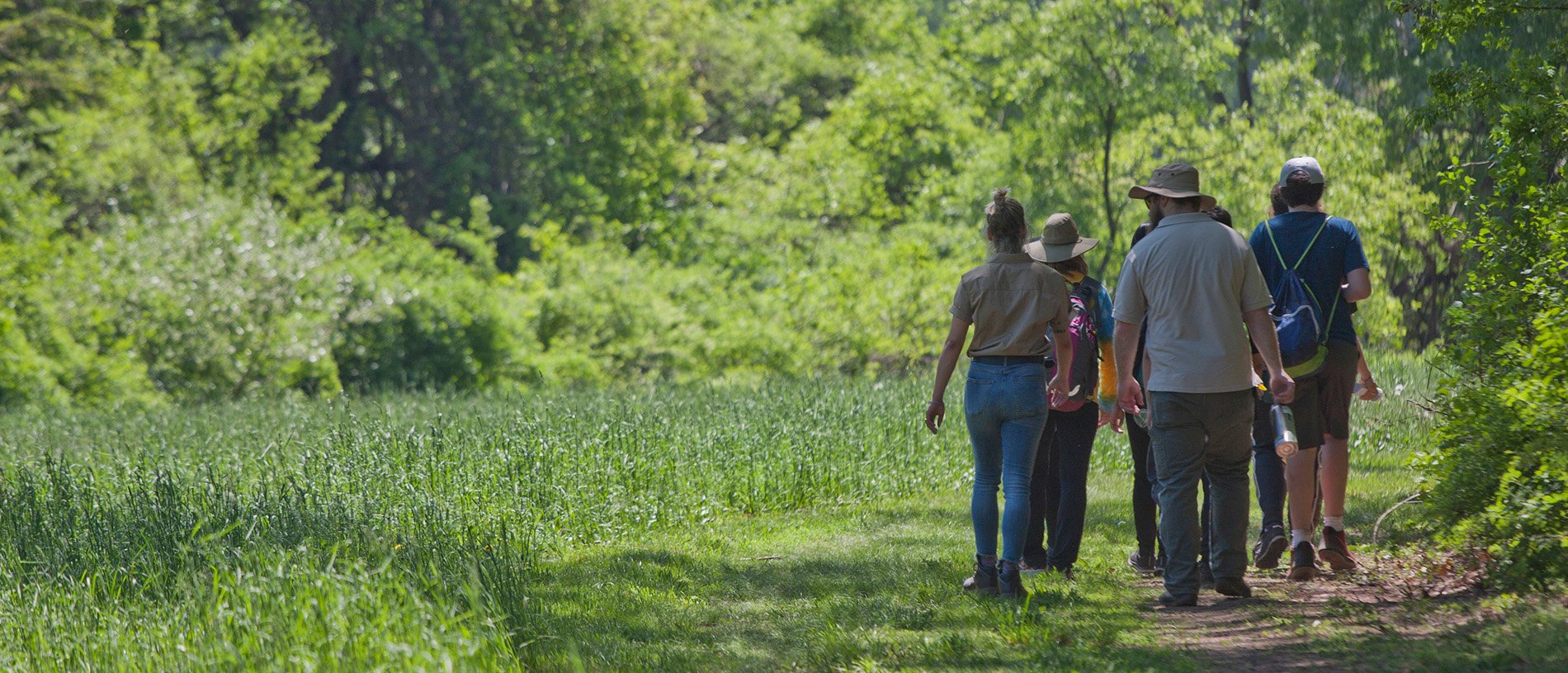Find Bird Groups
State of the Birds
Great Horned Owl
|
|
Tracking This Bird In Massachusetts
Climate Vulnerability Score
Likely Vulnerable
Mass Audubon Mean likelihood of occurrence (current)
0.57
Mass Audubon Mean likelihood of occurrence (2050)
0.54
Mass Audubon Absolute change in likelihood of occurrence
-0.04
U.S. Forest Service Climate Change Bird Atlas (Hadly Hi emissions scenario)a
7.10
National Audubon Societyb
n/a
a USFS model data for Massachusetts by 2100
b National Audubon Society's Climate Change Atlas was completed on a continental scale.
Mass Audubon indicates decline associated with climate change. USFS indicates increase. Results not presented by National Audubon.
Breeding Bird Atlas

Atlas I Blocks
263
Atlas II Blocks
435
Percent of state occupied - Atlas I
27
Percent of state occupied - Atlas II
42
Percent change
143
Breeding Bird Survey

Annual trend 1966-2010
0.3%
P-value
not significant
Number of routes
6
Recent trend 2000-2010
0.8%
Christmas Bird Count

Trend (1963-2008)
2.6
Significantly different than zero
yes
Trend (1963-1979)
3.4
Significantly different than zero
no
Trend (1979-2008)
0.6
Significantly different than zero
no
Christmas Bird Count Sightings By Year

Data reflects sightings per person per hour in order to account for varying numbers of yearly volunteers.
Habitat Usage
Breeding
Forest, Forested Wetland, Urban and Suburban
Wintering
Forest, Urban and Suburban




